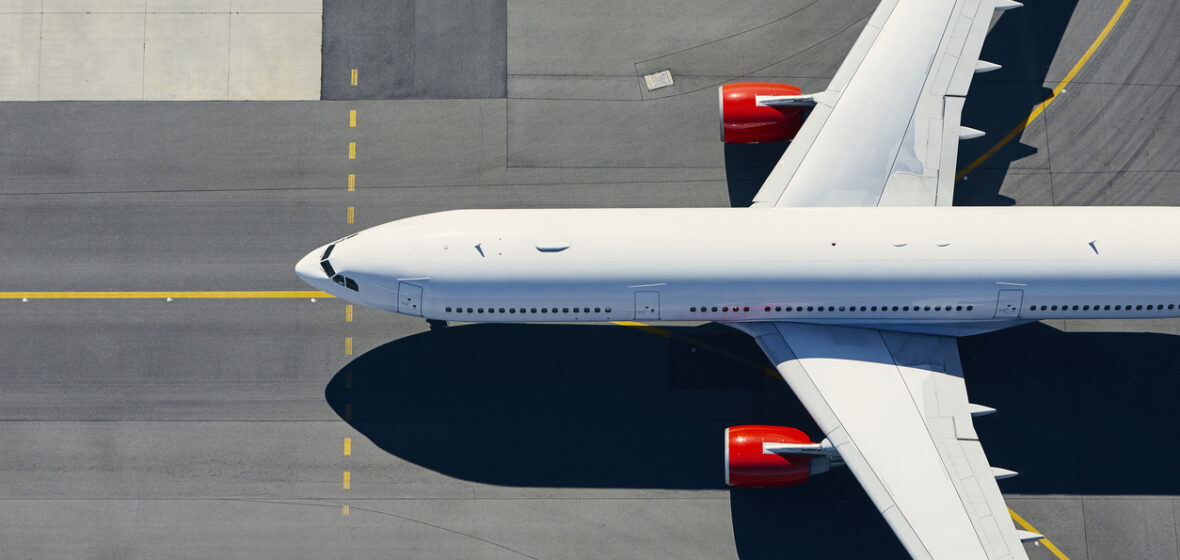July 17 marks the ninth anniversary of the destruction of Malaysia Airlines Flight 17 (MH17), which was shot down over eastern Ukraine by a Russian-supplied surface-to-air-missile, killing all 15 crew members, and 283 passengers. Of those passengers, 38 were either citizens or residents of Australia.
For several difficult years, 10 families of the Australian victims were represented by NSW lawyer John Dawson in a lawsuit against Malaysia Airlines.
Of all of Dawson’s client families, three had lost just one family member. “Every other one was a couple,” says Dawson, “and all those couples were in their late fifties, early sixties.”
Many, he says, were “at the tail end of their working lives and had taken long-service leave or were celebrating some sort of milestone.”
He adds, “All the families were absolutely shattered. Suddenly, their parents or their son had been taken away. And, of course, the parents were often grandparents as well.”
Dawson, a former pilot and president of the Aviation Law Association of Australia and New Zealand, describes the MH17 tragedy and the earlier disappearance of Malaysia Airlines Flight 370 (MH370) as the most difficult liability issues of his career – but he is keen to stress that liability is not the only area of aviation law in which he practises.
Dawson began his working life managing airspace for what was then the Department of Civil Aviation’s Air Traffic Services, where he became active in the Professional Radio and Electronics Institute (now part of the Community and Public Sector Union). As Dawson was appearing at industrial tribunals on behalf of members, the union encouraged him to go to law school.
He graduated from Macquarie University and into a job at Sydney-based Carneys Lawyers, and is now a principal at Vector Legal, also in Sydney, specialising in employment matters and aviation matters.
Not a dangerous activity
At the moment, Dawson says, most of his liability work relates to helicopters, although he is quick to defend the general safety record of smaller aircraft.
There is case law that says to fly in a single-engine light aircraft for recreation is a dangerous activity. “It’s really not,” says Dawson, “if the aircraft sticks to its limitations and a reasonable sort of environment.”

Most local single-engine aircraft fly over rural Australia which – with the exception of rugged areas such as the Blue Mountains or heavily timbered parts of Tasmania – tends to comprise open areas.
“Statistics suggest that you’re better off in a single-engine aircraft losing an engine in an open area and landing than in a twin-engine aircraft,” says Dawson, “because a twin-engine aircraft can be very difficult to handle with one engine – and when they crash in those circumstances there are usually fatalities .
“But single-engine aircraft have got a good glide slope, which is somewhere in the order of ten to one. For every 1000 feet up, you’ve usually got a diagonal of around 10,000. They can glide a long way.”
The MH370 disappearance
Which loops us back to the March 2014 disappearance of MH370, a twin-engine Boeing 777-200ER which, says Dawson, could have glided under control a distance from about Sydney to Newcastle without engines.
MH370 was en route from Kuala Lumpur to Beijing when it vanished over the South China Sea. Overwhelming evidence suggests that the pilot, Captain Zaharie Ahmad Shah, deliberately crashed his plane into the ocean, ending his own life together with those of 238 passengers and crew. To this day, his motives remain unknown.
Dawson represented the families of four of the six Australian victims in a lawsuit against the airline.
“The original hypothesis was that something happened on board the aircraft, the pilot had been disabled and so had everyone else, it flew, the fuel ran out and it went down,” he says.
But there were many factors that pointed to pilot involvement, the most telling in 2015, with the discovery of MH370’s right flaperon (a hinged flap on the back of a wing, which is deployed for landing. The flaperon was in the down position, “and the only way a flaperon can be deployed is if there is someone flying the aircraft,” says Dawson.
The initial assumption of a fast, uncontrolled plunge may have contributed to investigators’ failure to discover the bulk of the wreckage and establish with absolute certainty that the captain was behind the crash.
“You can’t be 100 per cent sure,” says Dawson, “because we don’t have the physical evidence – we don’t have the aircraft. They’ll find it eventually, just like the Titanic was eventually found, but the possible reason they didn’t find it was that they were working on the hypothesis that there was a rapid descent of the aircraft. The search was very thorough, so you have to assume it is outside the search area and the aircraft was flown on a glide slope.”
The initial assumption of a fast, uncontrolled plunge may have contributed to investigators’ failure to discover the bulk of the MH370’s wreckage.
A controlled descent of the aircraft may also have minimised the evidence. “If it hits the water, it would smash up, with lots of debris more easily found,” says Dawson. “With a controlled glide onto the water, there’ll perhaps be a small amount of debris, the engines will probably becoming detached, and it will sink.”
Who’s responsible?
On the whole, says Dawson, the system of conventions that has developed to govern civil aviation has been highly successful. “If you’re flying from one area to another, you’ve got to have standard practices,” says Dawson. “There’s a uniform system for liability, a uniform system for procedures, air-traffic management, all those sorts of things. It’s a great example of international cooperation.”
Australia, which controls 11 per cent of the world’s total airspace, is a major aviation contributor with major responsibilities, and Australia’s representatives played a leading role in the development of the initial conventions.
However, under the Montreal Convention 1999, which establishes airline liability in cases of death or injury to passengers, “to have a claim, you have to have suffered a bodily injury”, says Dawson. “That raises difficult issues where there is the loss of a family member who was not providing financially for the family.
“Of course,” Dawson adds, in the case of the families of the MH370 and MH17 victims, “there were many bodily injuries. The families suffered all the usual things that a devastating tragedy causes: migraines, insomnia, simply not being able to function …”
The airline has a defence if it can prove that the loss was by reason of the intervention of a third party, or that negligence occurred that was not a result of the airline’s own negligence. In the matter of MH17, which was apparently downed by Russian-backed Ukrainian separatists, “obviously, you’ve got a Buk missile coming from the ground, that points to a third party,” says Dawson.
The lawyer’s practical experience proved valuable in pursuing the case. “I think people who practise law usually do it better if they have some sort of technical background in the area of their practice,” he says. With MH17, “it helped for example to have an understanding of the airspace.”
“Over Ukraine, [aircraft] were allowed to fly from 31,000 feet,” says Dawson. “It was restricted underneath that – on the false assumption that any rockets, or any ballistics or ordnance below, wouldn’t reach up that far.”
The airline has a defence if it can prove that the loss was by reason of the intervention of a third party, or that negligence occurred that was not a result of the airline’s own negligence.
MH17 was flying at 33,000 feet on the most direct route between Amsterdam and Kuala Lumpur. Many other airlines in addition to Malaysia Airlines were flying through that airspace, although some such as Qantas were not.
The liability claims against Malaysia Airlines continued for years and were eventually resolved, but Russia’s invasion of Ukraine in 2022 has put a different light on the downing of MH17.
“I initially thought it was error,” says Dawson. “The aircraft was slightly off track because of weather, and its speed was perhaps a bit slower than normal as well, so I thought the people on the ground were probably ill-trained and mistook it for a military aircraft.
“But with the way the conflict has unfolded, you’d have to question that. You’d have to think that it’s more likely that it was something done intentionally – or so recklessly that it almost equates to being an intentional act.
“It may have been a precursor,” says Dawson, “a warning sign.”
Drone regulation up in the clouds
While the two Malaysia Airlines matters gave Dawson a place in history, his gaze is set on the future. Enormous advances in aviation are on the way, through the further development and deployment of unmanned aerial vehicles, or drones.
“So many aircraft are going to be remotely operated, both in a defence application and for commercial operations,” says Dawson. Drone operation “shrinks the geography of a country”. People in isolated rural areas should be able to take cheap and easy deliveries of everything from car parts to food, he says.
Drones will change the industry beyond measure – but not beyond governance. Our skies will be (relatively) dense with drones. “So you have to have a system for separation and additional regulation,” says Dawson. “The progress and the advancement in aviation means the law will have to run and catch up.”




